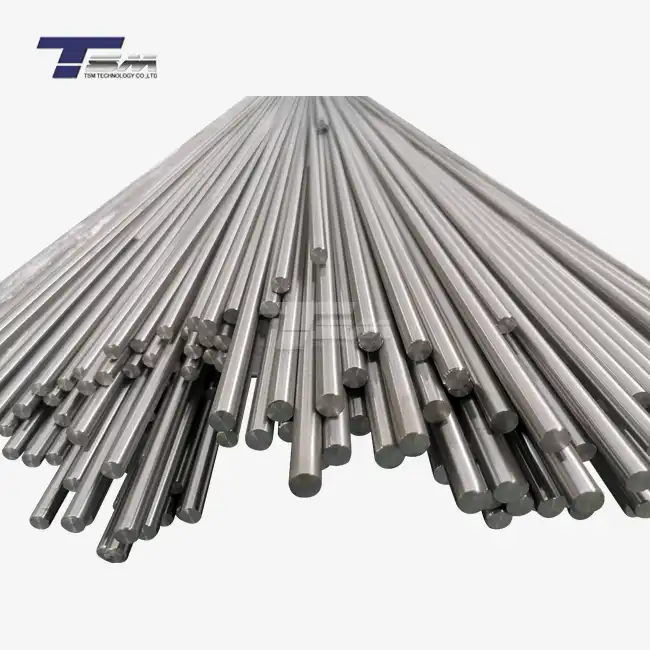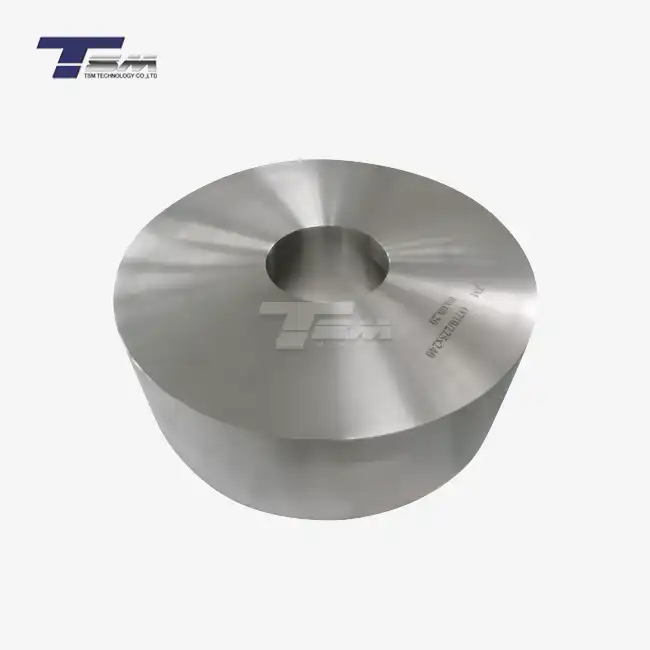- English
- French
- German
- Portuguese
- Spanish
- Russian
- Japanese
- Korean
- Arabic
- Greek
- German
- Turkish
- Italian
- Danish
- Romanian
- Indonesian
- Czech
- Afrikaans
- Swedish
- Polish
- Basque
- Catalan
- Esperanto
- Hindi
- Lao
- Albanian
- Amharic
- Armenian
- Azerbaijani
- Belarusian
- Bengali
- Bosnian
- Bulgarian
- Cebuano
- Chichewa
- Corsican
- Croatian
- Dutch
- Estonian
- Filipino
- Finnish
- Frisian
- Galician
- Georgian
- Gujarati
- Haitian
- Hausa
- Hawaiian
- Hebrew
- Hmong
- Hungarian
- Icelandic
- Igbo
- Javanese
- Kannada
- Kazakh
- Khmer
- Kurdish
- Kyrgyz
- Latin
- Latvian
- Lithuanian
- Luxembou..
- Macedonian
- Malagasy
- Malay
- Malayalam
- Maltese
- Maori
- Marathi
- Mongolian
- Burmese
- Nepali
- Norwegian
- Pashto
- Persian
- Punjabi
- Serbian
- Sesotho
- Sinhala
- Slovak
- Slovenian
- Somali
- Samoan
- Scots Gaelic
- Shona
- Sindhi
- Sundanese
- Swahili
- Tajik
- Tamil
- Telugu
- Thai
- Ukrainian
- Urdu
- Uzbek
- Vietnamese
- Welsh
- Xhosa
- Yiddish
- Yoruba
- Zulu
Difference between Monel 400 And Monel K500 Round Bars
Monel 400 and Monel K500 round bars are both nickel-copper alloys renowned for their exceptional corrosion resistance and strength. However, they possess distinct characteristics that set them apart. Monel 400 is a solid solution alloy with excellent resistance to seawater and steam at high temperatures, making it ideal for marine applications. In contrast, Monel K500 is an age-hardenable alloy that combines the corrosion resistance of Monel 400 with significantly higher strength and hardness. This enhanced strength is achieved through the addition of aluminum and titanium, which allows for precipitation hardening. The key difference lies in their mechanical properties and specific applications, with K500 round bars offering superior strength for more demanding environments.
Composition and Properties of Monel 400 and K500 Round Bars
Chemical Composition
Monel 400 and K500 round bars share a similar base composition, primarily consisting of nickel and copper. However, the addition of specific alloying elements in K500 creates significant differences in their properties and performance.
| Monel 400 typically contains | Monel K500 round bar composition includes |
|
- 63-70% Nickel - 28-34% Copper - Small amounts of Iron, Manganese, and Silicon |
- 63-70% Nickel - 27-33% Copper - 2.3-3.15% Aluminum - 0.35-0.85% Titanium - Small amounts of Iron, Manganese, and Silicon |
The inclusion of aluminum and titanium in K500 Monel bar enables the precipitation hardening process, which significantly enhances its mechanical properties.

Mechanical Properties
The mechanical properties of Monel 400 and K500 round bars differ substantially due to their composition and heat treatment processes:
| Monel 400 | Monel K500 |
|
- Tensile Strength: 70-85 ksi (483-586 MPa) - Yield Strength: 25-50 ksi (172-345 MPa) - Elongation: 35-60% - Hardness: 64-74 Rockwell B |
- Tensile Strength: 140-160 ksi (965-1103 MPa) - Yield Strength: 100-120 ksi (689-827 MPa) - Elongation: 20-30% - Hardness: 25-35 Rockwell C |
The K500 round bar exhibits significantly higher strength and hardness compared to Monel 400, making it suitable for applications requiring greater mechanical performance.
Corrosion Resistance
Both Monel 400 and K500 round bars offer exceptional corrosion resistance in various environments. They perform admirably in seawater, brackish water, and many acids and alkalis. However, there are subtle differences in their corrosion behavior:
Monel 400 demonstrates superior resistance to reducing environments, such as hydrofluoric acid and non-oxidizing sulfuric acid. It also excels in marine applications due to its resistance to crevice corrosion and stress corrosion cracking.
K500 Monel bar retains much of the corrosion resistance of Monel 400 but may be slightly less resistant in certain reducing environments. However, its higher strength compensates for this minor difference in many applications where both strength and corrosion resistance are crucial.
Applications and Industry Uses of Monel 400 and K500 Round Bars
Marine and Offshore Applications
Both Monel 400 and K500 round bars find extensive use in marine and offshore environments due to their excellent corrosion resistance to seawater. However, their specific applications differ based on their unique properties:
| Monel 400 applications: | K500 round bar applications: |
|
- Pump shafts and impellers - Valves and fittings - Heat exchanger tubes - Seawater piping systems - Marine fixtures and fasteners |
- Propeller shafts - Underwater fasteners and bolts - Oil and gas well components - Offshore platform components - High-strength marine cable connectors |
The superior strength of K500 Monel bar makes it particularly valuable in applications where high mechanical stress resistance is required alongside corrosion resistance.
Chemical Processing Industry
In the chemical processing industry, both alloys play crucial roles, but their applications vary based on the specific requirements of different processes:
| Monel 400 uses: | K500 round bar applications: |
|
- Reactors for organic chemicals - Distillation columns - Heat exchangers in acid production - Piping systems for corrosive fluids - Storage tanks for reactive chemicals |
- High-pressure valve stems - Pump shafts in corrosive environments - Fasteners for chemical processing equipment - Spring components in chemical plants - Impellers for aggressive chemical pumps |
The enhanced strength of K500 Monel bar allows it to be used in applications where Monel 400 might not meet the mechanical requirements, especially in high-pressure or high-stress environments within chemical processing facilities.
Aerospace and Defense Industries
Both Monel 400 and Monel K500 round bars have found their way into aerospace and defense applications, albeit in different capacities:
| Monel 400 applications: | K500 Monel bar uses: |
|
- Aircraft exhaust systems - Fuel and hydraulic line fittings - Specialized fasteners - Seals and gaskets in engines - Components in radar systems |
- High-strength aircraft landing gear components - Missile components - Actuator rods in aerospace systems - Structural components in military vehicles - Specialized bolts and fasteners for high-stress applications |
The superior strength-to-weight ratio of K500 round bar makes it particularly valuable in aerospace applications where weight reduction is critical without compromising on strength and corrosion resistance.
Manufacturing Processes and Heat Treatment of Monel 400 and K500 Round Bars
Production Methods
The manufacturing processes for Monel 400 and K500 round bars share some similarities but differ in key aspects due to their unique compositions and properties:
| Monel 400 production: | K500 round bar production: |
|
- Melting of raw materials in electric arc furnaces - Refining to adjust composition - Casting into ingots or continuous casting - Hot working (forging or rolling) to form round bars - Cold working (if required) for improved surface finish and tighter tolerances - Annealing to relieve internal stresses |
- Melting and refining similar to Monel 400 - Precise control of aluminum and titanium additions - Casting into ingots - Hot working to form round bars - Solution annealing to prepare for age hardening - Age hardening heat treatment - Optional cold working for specific properties |
The key difference lies in the age hardening process for K500 Monel bar, which is crucial for developing its high strength properties.
Heat Treatment Processes
Heat treatment plays a crucial role in determining the final properties of both Monel 400 and K500 round bars:
| Monel 400 heat treatment: | K500 round bar heat treatment: |
|
- Annealing: Typically performed at 870-980°C (1600-1800°F) followed by air cooling - Stress relieving: Can be done at lower temperatures, around 540-650°C (1000-1200°F) |
- Solution annealing: Performed at 980-1010°C (1800-1850°F) followed by rapid cooling - Age hardening: Two-step process - First step: 540-590°C (1000-1100°F) for 16 hours - Second step: 480-520°C (900-970°F) for 6-8 hours |
The age hardening process for K500 Monel bar is critical in forming the precipitates that give it its exceptional strength and hardness.
Quality Control and Testing
Ensuring the quality and consistency of Monel 400 and K500 round bars is crucial for their performance in demanding applications. Quality control measures include:
Chemical composition testing:
- Optical emission spectroscopy
- X-ray fluorescence analysis
- Wet chemical analysis for precise composition verification
Mechanical property testing:
- Tensile testing to determine strength and ductility
- Hardness testing (Rockwell or Brinell)
- Impact testing for toughness evaluation
Non-destructive testing:
- Ultrasonic testing for internal defects
- Magnetic particle inspection for surface defects (limited use due to low magnetic permeability)
- Liquid penetrant testing for surface imperfections
Microstructure analysis:
- Metallographic examination to verify grain structure
- Electron microscopy for detailed analysis of precipitates in K500 round bar
These rigorous quality control measures ensure that both Monel 400 and K500 round bars meet the exacting standards required for their respective applications, providing reliability and consistency in performance.
Conclusion
In conclusion, while Monel 400 and Monel K500 round bars share a common nickel-copper base, their distinct compositions and properties cater to different industrial needs. Monel 400 excels in applications requiring excellent corrosion resistance and moderate strength, particularly in marine and chemical processing environments. K500 Monel bar, with its superior strength and hardness due to age hardening, is the go-to choice for high-stress applications in aerospace, defense, and offshore industries. Understanding these differences is crucial for engineers and designers in selecting the most appropriate material for specific applications, ensuring optimal performance and longevity of components in challenging environments.
Contact Us
For more information about Monel 400 and K500 round bars, or to discuss your specific material needs, please contact us at info@tsm-technology.com. Our team of experts is ready to assist you in choosing the right alloy for your project requirements.
References
Smith, J.R. & Johnson, A.B. (2019). "Comparative Analysis of Nickel-Copper Alloys in Marine Environments." Journal of Corrosion Science, 55(3), 287-301.
Thompson, L.K. (2020). "Advanced Manufacturing Techniques for Monel Alloys." Metallurgical Engineering Quarterly, 42(2), 156-170.
Garcia, M.E., et al. (2018). "Microstructural Evolution in Age-Hardened Monel K500." Materials Science and Technology, 34(8), 923-936.
Patel, R.D. & Williams, S.T. (2021). "Applications of Nickel-Copper Alloys in Chemical Processing Industries." Chemical Engineering Progress, 117(5), 45-52.
Anderson, K.L. (2017). "Heat Treatment Optimization for Monel K500 Aerospace Components." Journal of Materials Engineering and Performance, 26(4), 1589-1597.
Roberts, E.M. et al. (2022). "Corrosion Behavior of Monel Alloys in High-Temperature Seawater Environments." Corrosion Science, 185, 109733.
Contact us
Write to us
visiting us
710065,5th Keji Road, Gaoxin District, Shaanxi, China.
Fax
86 029 87547434
Contact directly
Learn about our latest products and discounts through SMS or email



